Like the president of the Hair Club for Men who’s also a member, I’m not just part of the Shin Megami Tensei: Persona localization team, I’m also a fan. I was there in 1996 as the original game was released on PlayStation to an audience of RPG fans who needed something to play until Final Fantasy VII’s release, and to my surprise, the “filler” game ended up making as much or more of an impression on me as what I bought the system for.
But it wasn’t perfect. The localization standards of the day meant it was compromised in a few respects; some major, some minor. The translators and editors at 1996-era Atlus actually acquitted themselves fairly well when it came to the dialogue: major story beats were properly conveyed, and the personality of the nine playable characters shone through pretty well. As for the changes made to the rest of the game… well, at the time, there was nothing else in the series available in English, so it might not have been the highest priority to make sure it upheld series traditions like the modern-day Japanese setting or the mythological underpinnings of Personas and demons.
When we learned that our parent company was remaking the game for the PlayStation Portable, though, those of us at Atlus U.S.A., Inc. who’d played the game 13 years ago were nearly salivating at the chance to polish the original Persona up the standard we’ve become known for with games like Odin Sphere, Persona 3 and 4, and Knights in the Nightmare. All the dialogue has been touched up to read more smoothly and naturally than it did even in the PlayStation original, but there were three key areas where the re-localization will pay off most for recent converts to the Persona series.
The first is the retention of all the original Japanese names and locations. Whereas the PSX release maintained the polite fiction that the game took place in the American city of Lunarvale, where you and your friends Mary, Nate, and Mark were off on an adventure, for the PSP release we’ve kept everything true to the Japanese roots. Here, the trouble starts in the city of Mikage, and you’ll need help from your friends Maki, Nanjo, and… Mark. Strange to say, but in the Japanese version of Persona, a few characters went by nicknames, and Masao Inaba was called Mark by his friends throughout the game. So whereas he was Mark due to sweeping translation changes on PSX, on PSP he’s Mark out of fidelity to the original. Funny how that works, eh?
The second is the greater attention paid to the proper names for the Personas and demons. The Shin Megami Tensei series has always prided itself on attention to detail in its accurate and careful use of world mythology; for instance, if you know the backstory behind the various demons in Nocturne, that right there is enough to draw a few conclusions about the factions they side with. The original translation kept very few of the true names, though in fairness the character limit was very strict and the vast online resources our current localizations make frequent use of didn’t exist at the time.
For the PSP remake, we used references such as online mythology databases and Japanese series guides like Persona World Guidance to ensure accuracy in the names. We also worked with the developers to implement a font for the names of enemies, Personas, skills, and items was thin enough to display what we needed. As a result, players needn’t worry about scratching their heads over a Pawn or a Lance anymore—they’ll be named Airgetlam and Cu Chulainn as they were intended, which should keep the Celtic mythology buffs in our audience happy.
Finally, the skill names are now consistent both with what fans know from other games in the Shin Megami Tensei series as well as internally within Persona. There’ll be no more confusion as to whether “Ray,” “Wave,” and “Sonic” are all part of the same family of spells—now they’re simply called Zan, Zanma, and Zandyne. (And if you’re totally new to the SMT series and wish you could have Ray, Wave, and Sonic back, don’t worry. The new interface in Persona lets you access spell descriptions in most menu screens.) The skill types are also a little clearer than they were on PSX: if you had to find out the hard way what Physical skills were, perhaps it’ll be easier to understand now that it’s known as Force magic.
As you can see, a fresh coat of localization paint can make a lot of difference, both to the story and atmosphere as well as to the player’s understanding of the game’s mechanics. Hopefully, our retranslation, combined with the improved interface and speed enhancements, will let a whole new generation of RPG fans see in Shin Megami Tensei: Persona the same things I did 13 years ago.




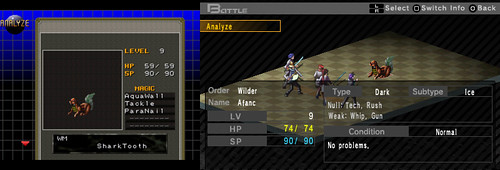
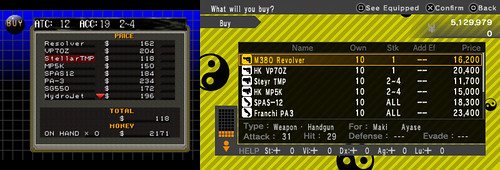
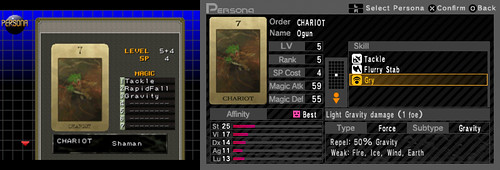


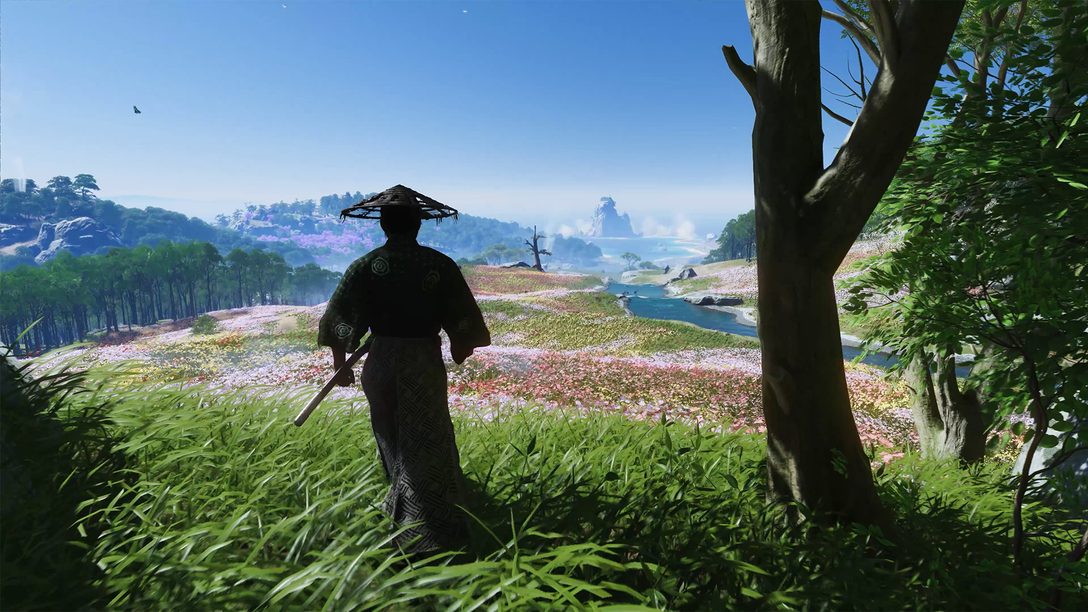
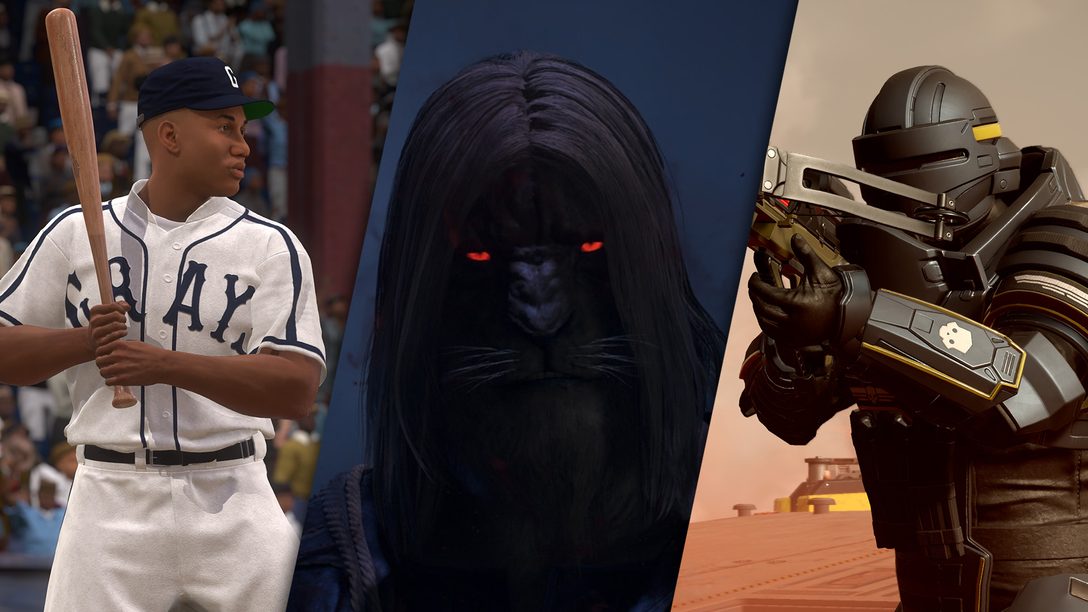




Comments are closed.
58 Comments
Loading More Comments